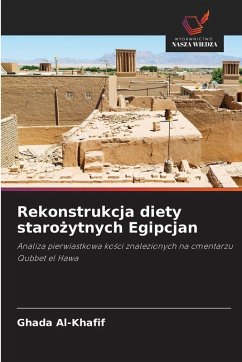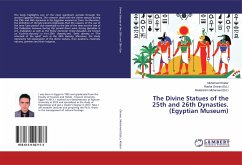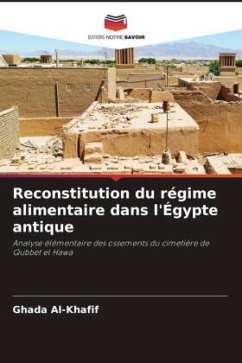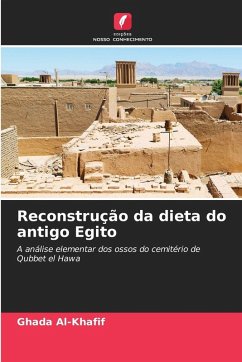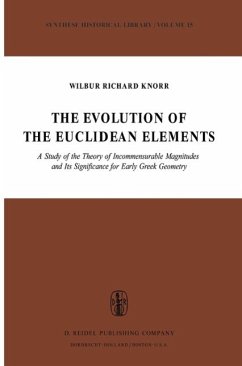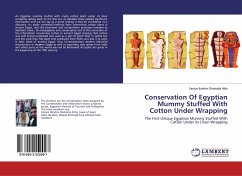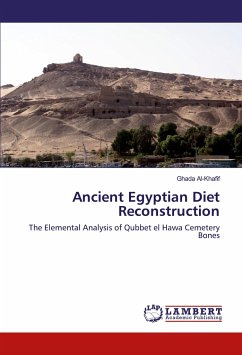
Ancient Egyptian Diet Reconstruction
The Elemental Analysis of Qubbet el Hawa Cemetery Bones
Versandkostenfrei!
Versandfertig in 6-10 Tagen
33,99 €
inkl. MwSt.

PAYBACK Punkte
17 °P sammeln!
Diet can reflect many of aspects and values of a society. Our sources of information about diet in ancient Egypt is mainly provided by traditional archeological evidences as artistic and textual sources. However, bone chemistry studies may serve in providing more detailed information about ancient Egyptian dietary habits. Few studies are conducted in such field. This book aims to shed some light on paleodiet reconstruction using trace elements analysis. This is provided through a detailed overview about how to use trace elements analysis to reconstruct ancient diet, with an indication to the i...
Diet can reflect many of aspects and values of a society. Our sources of information about diet in ancient Egypt is mainly provided by traditional archeological evidences as artistic and textual sources. However, bone chemistry studies may serve in providing more detailed information about ancient Egyptian dietary habits. Few studies are conducted in such field. This book aims to shed some light on paleodiet reconstruction using trace elements analysis. This is provided through a detailed overview about how to use trace elements analysis to reconstruct ancient diet, with an indication to the importance of LIBS technique. In addition, a study conducted to reconstruct the diet of the middle class of ancient Aswan population through three successive eras is fully explained. This work should be useful to biological anthropologists especially bone chemists, and Egyptologists.





